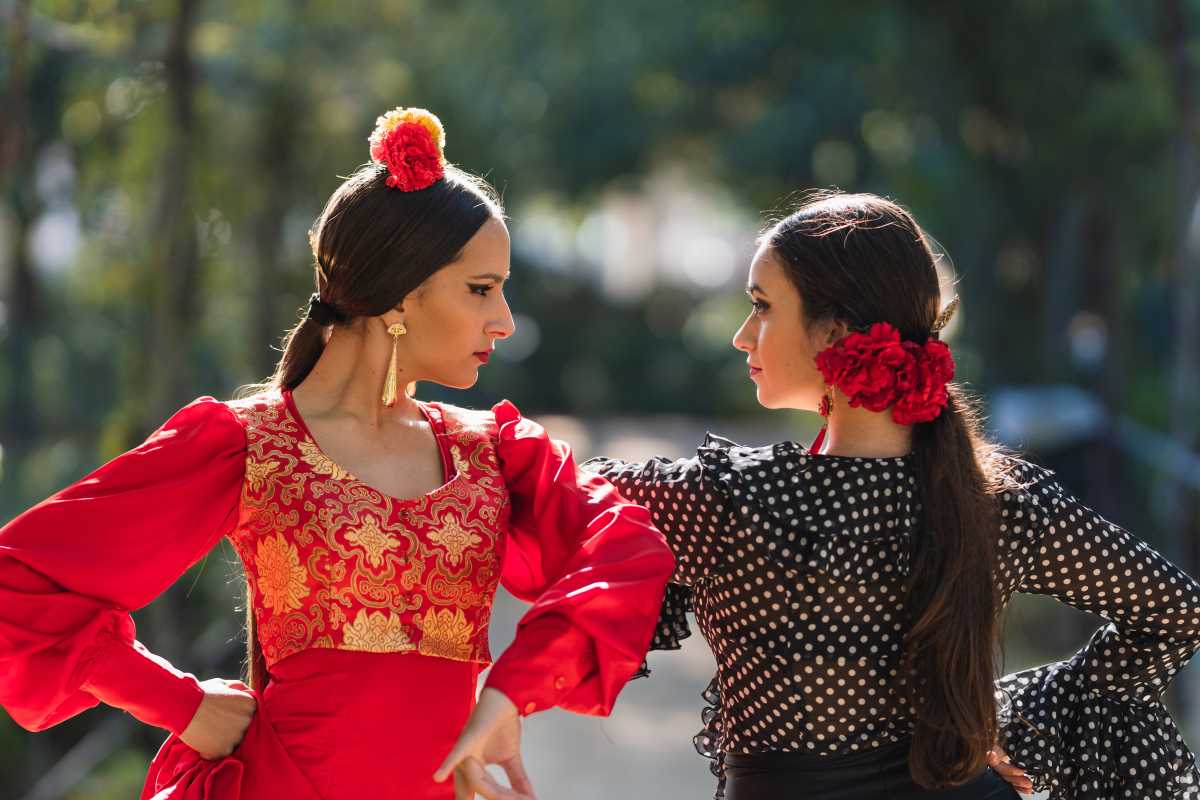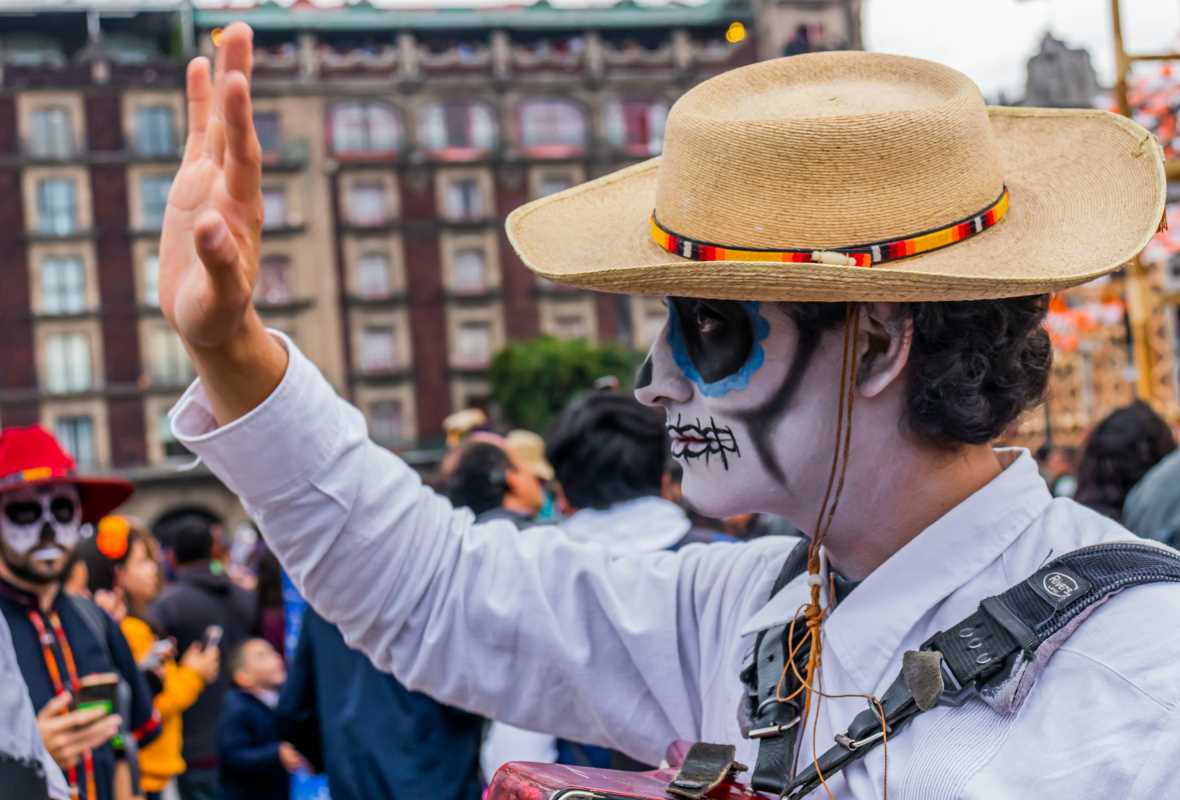Weddings unite people from different walks of life, celebrating love and commitment in ways that reflect cultural beliefs, traditions, and values.
From vibrant ceremonies filled with music and color to solemn, symbolic rituals, weddings are a fascinating glimpse into the rich diversity of human cultures around the world.
Let's take a closer look at some unique and beautiful wedding traditions across continents, exploring their deeper meanings and the history behind them.
Indian Weddings: A Grand Celebration of Union
Indian weddings are renowned for their grandeur, vibrant colors, and joyous festivities that can last for several days.
These weddings are not just fleeting events but are deeply rooted in cultural traditions passed down over generations. The highlight of many Indian weddings is the Mehendi ceremony, where henna artists create intricate designs on the bride's hands and feet. These designs are not just decorative; they are believed to bring good luck, happiness, and protection to the bride as she begins a new chapter of life.
Another fascinating part of Indian weddings is the Baraat, the groom's procession. The groom arrives at the wedding venue, often on a decorated horse or in a luxury car, accompanied by family and friends dancing to lively music. The joy and energy in a Baraat are unmatched and set the tone for the celebrations.
Food also plays a central role, with lavish feasts often featuring regional dishes and desserts. The blending of religious rituals—be it Hindu, Sikh, Muslim, or Christian—into the wedding ceremonies showcases India's cultural diversity. For example, in Tamil Brahmin weddings, the ritual of "Kanyadaan" (the giving away of the bride by her parents) holds significant spiritual weight. Over time, Indian weddings have also embraced modern trends, like destination weddings, while staying deeply rooted in tradition.
Japanese Weddings: Serenity and Symbolism
Japanese weddings are sophisticated affairs that emphasize simplicity, tradition, and harmony. Many couples marry in Shinto shrines, where the ceremony is overseen by a Shinto priest. One of the most cherished rituals is the San-San-Kudo, or sake-sharing ceremony. The couple sips sake in three nested cups, passing them back and forth three times, symbolizing the bonding of two families and the sealing of their vows. This act is steeped in Japanese values of purity, respect, and community.
The bride often wears a traditional white kimono called "shiro-muku," symbolizing purity and the willingness to adapt to her new family. Later, during the reception, she might change into a brightly colored, patterned kimono or even a Western-style wedding dress, blending tradition with modernity.
Another unique feature of Japanese weddings is the exchange of gifts between families. These gifts aren't just material; they carry deep meaning, representing gratitude and good wishes for the union. While traditional Japanese weddings are timeless, many modern Japanese couples now opt for Western-inspired ceremonies, blending global influences with their cultural heritage.
Mexican Weddings: A Fiesta of Faith and Joy
Mexican weddings are a lively mix of indigenous and Catholic customs, creating celebrations full of meaning and joy. A standout feature is the Lasso ceremony, where a decorated rope or rosary is draped around the couple in a figure-eight shape, representing their eternal bond.
Spirituality is central to Mexican weddings, with many couples exchanging vows in a Catholic church.
The energy of Mexican weddings extends far beyond the ceremony. Mariachi bands provide lively music, with guests often breaking into dance. Another beloved tradition is the Matrimonial Coin ceremony ("Las Arras"), where the groom presents the bride with 13 gold coins as a symbol of his commitment to support her financially and spiritually.
Food, similarly, reflects Mexico's vibrant culture. Traditional dishes like mole, tamales, and churros are staples at wedding feasts, paired with tequila or mezcal for toasts. Whether grounded in local indigenous practices or Spanish colonial influences, each component of a Mexican wedding reflects the country’s rich cultural history.
Greek Weddings: A Union of Faith, Family, and Folklore
Greek weddings carry deep religious significance, with most ceremonies following the rites of the Greek Orthodox Church. One of the most meaningful rituals is the Stefana ceremony, where the couple is crowned with delicate wreaths of flowers, leaves, or even gold and silver. These crowns are connected by a ribbon, symbolizing the union of the couple’s lives and the blessings of God.
Another highlight is the celebratory kalamatiano dance, involving not just family and friends but often the entire community. Plates are sometimes smashed during the reception, symbolizing good luck, a release of bad energy, and future prosperity.
Modern Greek weddings weave in contemporary elements, but the core emphasis remains unchanged—focusing on family, faith, and joyous celebration. Greek couples often hold week-long festivities, including traditions like the pre-wedding bed-making ceremony, where family members create the couple’s marital bed and toss coins and rose petals onto it as blessings for happiness and abundance.
Maasai Weddings in Kenya: Tradition Meets Beauty
Within the Maasai community of East Africa, weddings are not just ceremonies but vital cultural events saturated with meaning. Elaborate jewelry is central to a Maasai bride's attire. Layers of intricately beaded necklaces, bracelets, and headpieces are worn to symbolize beauty, tradition, and strength.
One of the most striking—and surprising—rituals is the spitting blessing, where the bride’s father spits on her head and breasts before she leaves with her new husband. While this might seem unusual to outsiders, in Maasai culture, it is a profound act of blessing and encouragement.
Music and dance are also pivotal. Guests participate in jumping dances, where men and women display their agility and enthusiasm for the union. The wedding celebration often extends into the night, reflecting the Maasai's deep appreciation for community and shared joy.
Chinese Weddings: A Symphony of Symbolism
Chinese weddings are steeped in tradition, with every element carefully curated for its symbolic significance. The couple often wears red, a color associated with happiness, prosperity, and luck. The tea ceremony is a central ritual, where the bride and groom serve tea to their elders as a gesture of respect and gratitude. This act also allows family members to bless the couple and present gifts, usually in the form of red envelopes filled with money.
The wedding banquet is another highlight, featuring multiple courses that symbolize prosperity, happiness, and fertility. For example, dishes like fish (associated with abundance) and dumplings (symbolizing prosperity) are staples.
Modern Chinese weddings often combine tradition with contemporary elements, like a Western-style white wedding dress for the bride at the reception, showcasing the blend of past and present.
Jewish Weddings: A Joyful Covenant
Jewish weddings are steeped in sacred traditions that emphasize community, spirituality, and joy. One of the most iconic moments is the breaking of the glass, where the groom smashes a glass with his foot at the end of the ceremony. This act carries various interpretations, from remembering the destruction of the Temple in Jerusalem to symbolizing the fragility of human relationships.
The Ketubah (marriage contract) plays a vital role in Jewish weddings. Signed before the ceremony, it outlines the couple’s responsibilities and obligations to one another. The wedding canopy, or chuppah, represents the new home the couple will build together, open to family and friends.
Receptions are festive, with spirited hora dances, where the couple is lifted onto chairs while guests dance in circles around them, encapsulating the joy and communal unity of the occasion.
Nigerian Weddings: A Feast of Color and Community
Nigerian weddings are radiant celebrations filled with music, dance, and vibrant fashion. Among the Yoruba people, the engagement ceremony, known as the introduction, involves the groom’s family formally seeking the bride’s family's consent.
Traditional attire is striking, with couples often donning matching aso-oke fabric in bold colors and intricate patterns.
Music and dance dominate the celebration, with guests often spraying money onto the couple—a practice known as "money spraying", symbolizing blessings and prosperity. Each Nigerian ethnic group has unique wedding traditions, but all share one thing in common—a reverence for the union of two families.
Love Across Cultures
From India's technicolor celebrations to Japan's serene rituals, from Mexico's soulful fiestas to Kenya's cultural blessings, weddings are as diverse as the people who celebrate them.
These ceremonies remind us that love transcends boundaries while honoring the beauty of tradition. Each culture, with its unique practices, lends its voice to the universal language of love, painting a vibrant mosaic of human connection. Whether solemn or festive, grand or intimate, weddings are truly a reflection of the values and heritage that bring people together in unity.
 (Image via
(Image via





